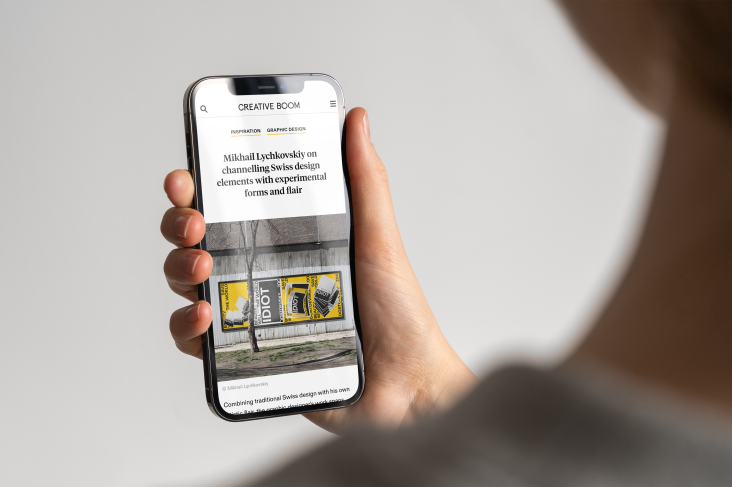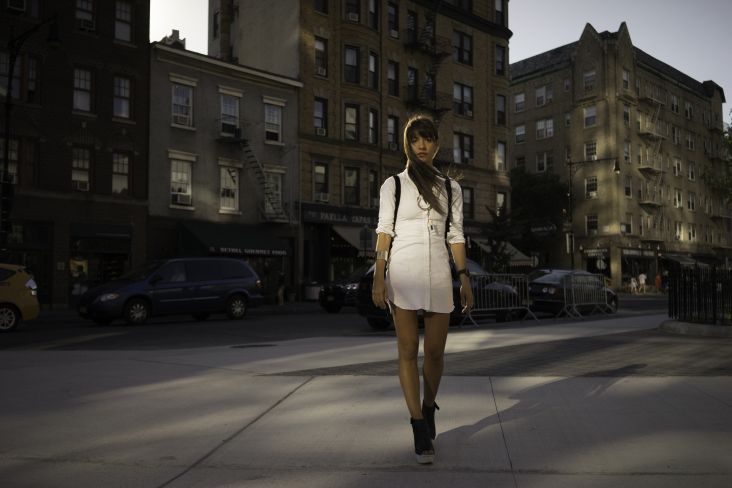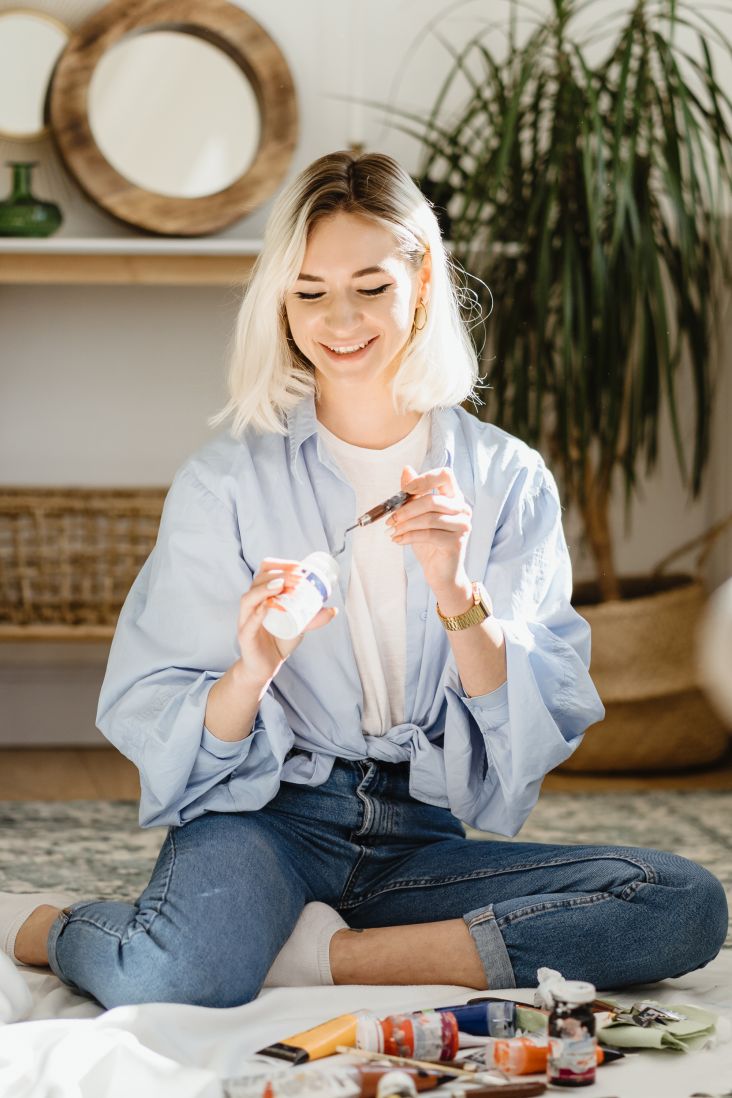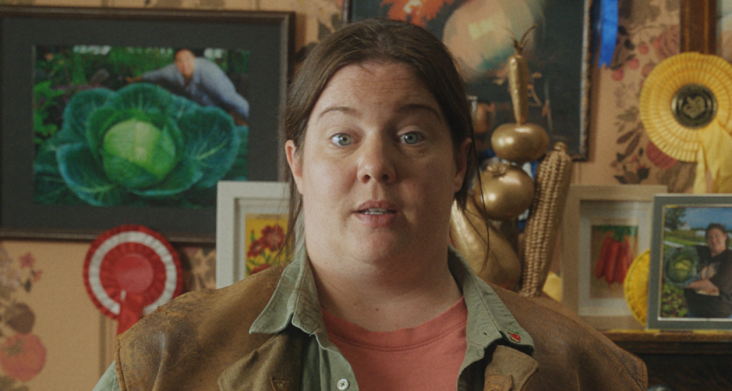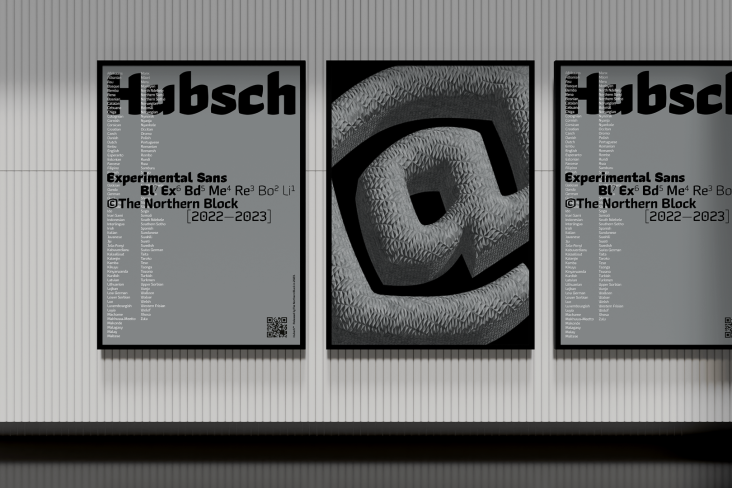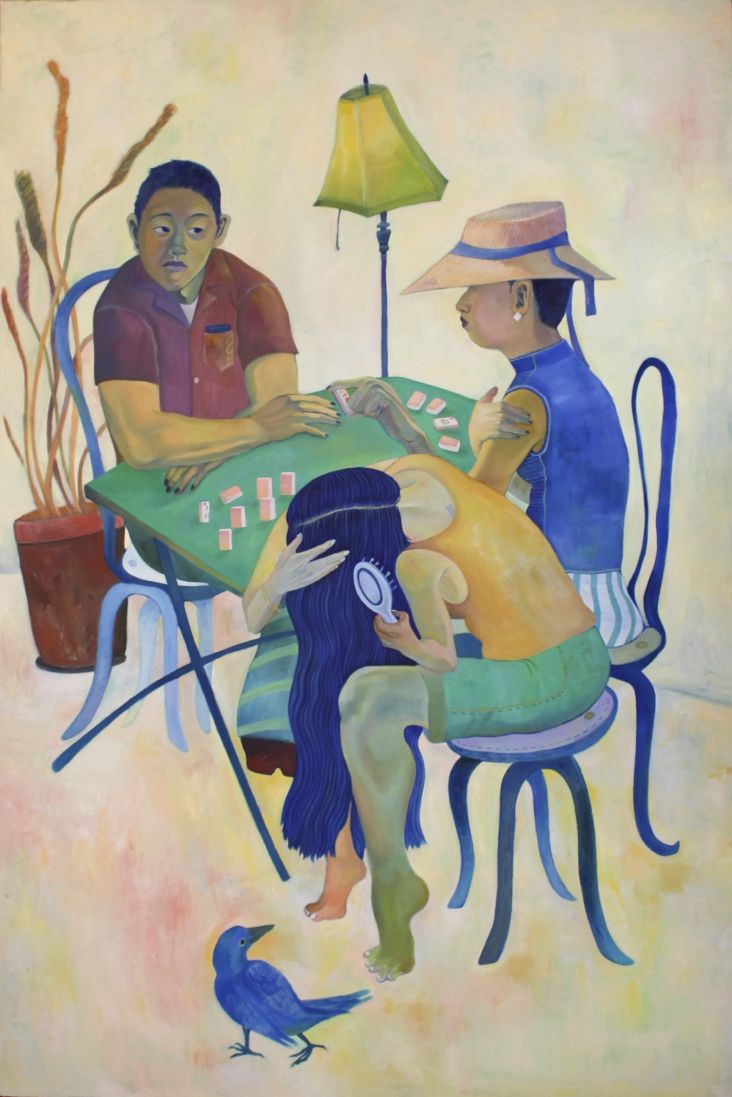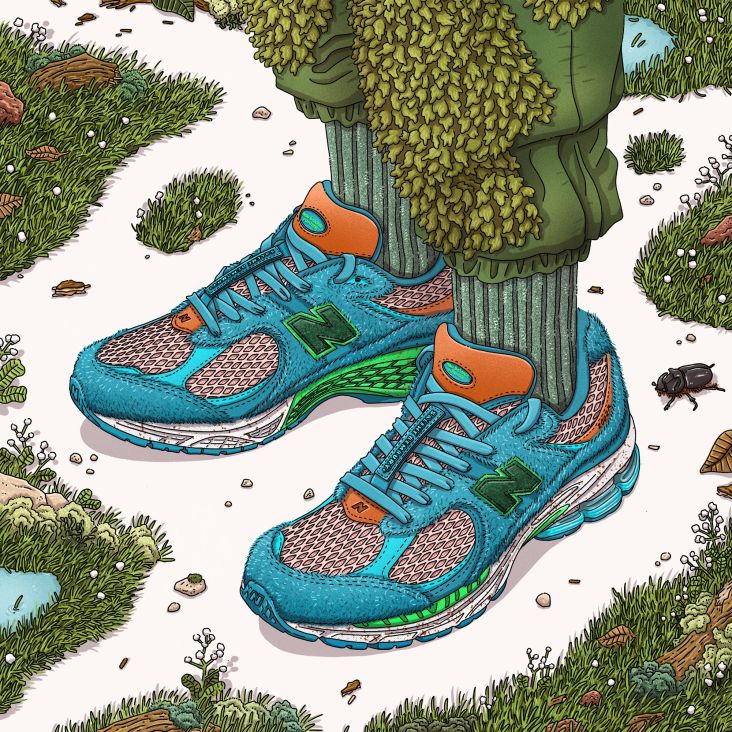Practical exercises and inspirations to help when creative burnout hits
Experiencing burnout? You don't have to sit back and take it. Instead, we suggest some practical exercises and techniques that can help reignite your creativity quickly.
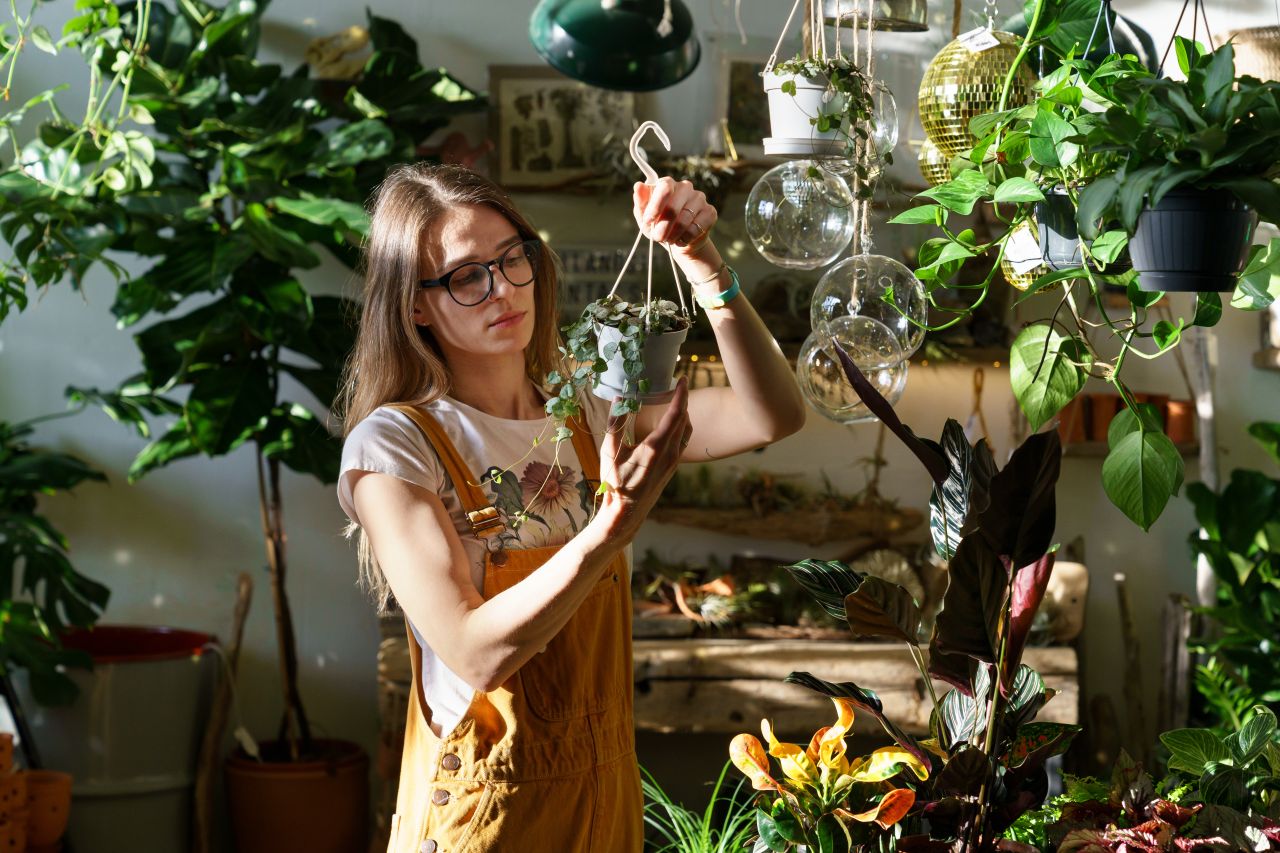
Image licensed via Adobe Stock
Creative burnout might sound scary. But the uncomfortable truth is that almost everyone will experience it to some degree at some point in our career. In fact, in many ways, it's a natural part of growing as creative. That doesn't mean, though, that it's not very unpleasant and frustrating when it happens. So, in this article, we'll deal with some practical exercises and techniques to help you overcome it.
First of all, though, what is creative burnout? Well, there's no strict definition, but some of the common signs include:
- a consistent lack of motivation or inspiration.
- feelings of emptiness after completing a project.
- avoidance of projects or tasks.
- physical and mental exhaustion.
- decreased satisfaction and sense of personal achievement.
Are you experiencing any or all of these symptoms? If so, there's no reason to feel ashamed. It's common for the relentless demands of the creative industries, looming deadlines and the general pursuit of perfection to lead to exhaustion and a loss of inspiration. What's important is not so much that it happens but how you deal with it.
When creative burnout hits, it's essential to have a toolbox of ways to combat burnout effectively. In this article, we'll explore practical strategies to combat creative burnout and reignite your creative spark. Whether you're an artist, writer, designer, photographer or any type of creative, these strategies are designed to help you navigate the ebb and flow of your creative journey.
In short, burnout is a natural part of the creative process, but it doesn't have to be a roadblock. With the right tools and a resilient mindset, it can become a stepping stone toward growth, renewal and an even more vibrant creative future.
1. Meditation
Creative burnout typically stems from chronic stress, which can hinder your ability to think creatively and focus. When we're under stress, we typically reach for instant solutions, such as caffeine to give us more energy, alcohol to take our mind off problems, or overindulging in food to raise our mood. These can work in the short term, but over time, they simply exacerbate the problem.
Thankfully, there are ways to lessen the stress you're under that don't damage your physical and mental health and lead to addiction. One of the most effective is meditation.
Meditation is proven to activate the relaxation response, reducing the production of stress hormones like cortisol. This can quickly get you into a better state of mind and create a more conducive mental environment for creativity to flourish. Over time, regular mindfulness and meditation practices can reduce anxiety, improve concentration and recharge your creative batteries.
In the longer term, meditation encourages self-awareness and introspection. When you practise it, you become more attuned to your thoughts, emotions and physical sensations. This heightened awareness can help you identify the early signs of burnout and address them before they escalate.
And don't worry: you don't have to climb a mountain and train with a Tibetan monk for six months to meditate effectively; it's actually pretty straightforward. There are thousands of different ways to meditate, but the simplest way to start is to sit quietly and focus on your breathing for 10-20 minutes. For further guidance and to develop your meditation skills, check out our selection of meditation apps, most of which are free to download.
2. Taking regular breaks
If you're experiencing burnout, the most obvious solution is to take a holiday or at least a few days off. This will provide the physical and mental rest your body and mind need to recover from burnout and rejuvenate your creative energy.
Also, travelling to a new place provides a change of scenery and a break from your daily routine. This will help stimulate your senses and offer fresh perspectives, helping to break the monotony and spark creativity.
That said, it's not always practical to take time off. Sometimes, you just have to keep going with work regardless of how you feel. In this case, we'd recommend you at least start incorporating regular breaks into your day.
If you're suffering from creative burnout, we'd guess that hasn't been happening to date. And yet, taking breaks isn't just essential for your mental and physical health; it's going to make you more creative and productive, too, in the short term as well as the long term.
At some level, we all know this instinctively. But when we're on a deadline, the primaeval part of our brain still thinks we're hunting down an animal for food and urges us to keep going until the job's done. That's why it can feel impossible to tear away from our desks for a few minutes, even if there are no real negative consequences to doing so.
If you're stuck in this mode, then try using The Pomodoro Technique. This involves 25 minutes of focused work followed by a five-minute break. And generations of creatives have found it helps to boost productivity and ward off burnout. Again, there are lots of free apps to help you keep to this schedule: the Tomato Timer is one of our favourites.
3. Physical activity
If there's one thing that's guaranteed to cause stress, it's sitting down all day in the same position. It's just not what our bodies were designed for: again, because our ancestors needed to be constantly roaming the savannah, hunting and gathering food. So rather than fight biology, you need to embrace it; get outside and do some physical activity.
You'll soon find that moving your body releases pent-up stress and stimulates creative thinking. That's because exercise triggers the release of endorphins, which are natural mood lifters. It also reduces the production of stress hormones like cortisol. This can lead to an overall reduction in stress levels, making it easier to think creatively.
We often think, "I don't have the energy to exercise". But counterintuitively, regular physical activity typically boosts your overall energy levels, so you'll be more alert and awake when you're at your desk, too.
That said, there's no need to overdo it. If you've been leading a sedentary lifestyle, a sudden leap from zero to 60 can have calamitous effects and put you off exercise for life. So don't go straight to the spin class or power weights workout. Start with something more relaxed and fun, which you can do at your own pace, such as a walk in the park, a short jog, or even a night out dancing,
4. Journaling
When we feel complex and painful emotions, we have a tendency to bury them deep down in our brains and find ways of distracting ourselves from them, whether that be through unhealthy addictions or just "keeping busy". Unfortunately, those inner conflicts never go away; they just persist in our subconscious and continually fight to get out, leading to stress and burnout.
Journaling can be a good tool for helping resolve these issues. The simple act of writing down our thoughts, frustrations and ideas can help provide clarity, serve as an outlet for damaging emotions and help reignite our creativity in the process.
By journaling on a regular basis, you'll start to identify the patterns and triggers that contribute to your stress and burnout. You may notice recurring stressors, negative thought patterns, or external factors that are taking a toll, giving you added motivation to deal with them properly.
Most importantly, journaling provides a safe and private space to express your emotions and frustrations. Writing down your feelings can help you process them and reduce their emotional burden, making it easier to regain your creative flow. It can even serve as a creative tool in its own right, allowing you to jot down ideas, doodle or brainstorm freely without the pressure of perfection.
5. Creative switching
Creative burnout often results from the monotony and repetition of working on the same task or project for an extended period. When that happens, it feels like the exact opposite of why you got into your profession.
Remember how, when you were younger, creativity made you feel alive and like anything was possible? That's because you were pretty much free to create whatever you wanted, whenever you wanted, however you wanted. Fast-forward to the mind-numbing tedium you feel right now, and it's no wonder you're stressed and burned out.
When you feel "stuck" in one creative endeavour, it can be a good idea to switch to another. If you're a writer, try doodling. If you're a painter, try your hand at music. It's all about activating different parts of the brain, shaking things out, keeping your mind engaged and preventing the feeling of stagnation.
6. Reignite your passion
So far, we've only explored the basics of getting out of your rut, overcoming stress and reigniting your activity. But it's good to go further than that and find fresh ways to reignite your passion for creativity to get you back on track. Here are a few suggestions.
Make artistic 'dates' with yourself: Schedule time in your diary to explore a museum, a new city, or even a park. Fresh environments can foster new ideas, so it's not "wasted time" or "time away from work". Instead, see it as a formal part of your work.
Engage with a new medium: Sometimes, shifting from your primary medium to something unfamiliar can spark curiosity and enthusiasm. That might involve learning new skills, and it may mean feeling uncomfortable at not (at first) being good at something. But both of these things help fire up parts of the brain you may not have been using, so it's all for the good.
Collaborate: Joining forces with another creative can bring a new perspective, energy and motivation to a stagnant project. And whether it goes well or badly, you'll be taking risks, trying new things and will inevitably learn a lot about yourself in the process.
Limit screen time: The constant influx of information we get from our screens – from phones to laptops to tablets to TVs and beyond – can be overwhelming. So, designate tech-free times to recharge mentally and stick to them religiously. (Instagram will still be there in the morning.)
Read and watch widely: Books, movies, documentaries, and podcasts about other creatives' journeys, struggles and successes can offer fresh perspectives and renewed motivation. There are tons out there, and our own Creative Boom Podcast is a good place to start.
7. Further tips
Have you tried all the above and are still struggling? Then, here are some further tips to get you over the line.
Accept imperfection: Recognise that it's okay not to be constantly productive and that not everything you produce needs to be perfect. Instead, stop beating yourself up, embrace your imperfections and learn from them. It's how everyone improves in practice: yes, even the most famous creatives went through this too (and, behind the cleverly curated Instagram posts, may still be going through it to this day).
Set boundaries: Setting clear work times is important for all creatives, but especially freelancers. And by work, we mean all work, including answering emails, so ensure you allocate a proper amount of time for rest and recreation.
Seek support: Whether it's through therapy, support groups, or just talking to a friend, discussing your feelings usually makes you feel better and gives you a fresh perspective on how to improve things.
Regular self-check: Even if you're not experiencing burnout, it's important to periodically assess your mental, emotional and physical health to keep yourself on track. So again, schedule this into your diary as a "serious work time". This will allow you to recognise when you're pushing too hard and when to take a step back.
While burnout can be daunting, it's essential to remember that it's a natural part of the creative process. It serves as a reminder to pause, reflect and re-energise. With the right strategies and mindset, it can be transformed into an opportunity for growth and rediscovery.
More further advice, read our articles on ways to boost your mental health and how to prevent and deal with burnout.

 for Creative Boom](https://www.creativeboom.com/upload/articles/06/063686a9a3b095b9b1f0e95df917ed4bd342be1b_732.jpg)






